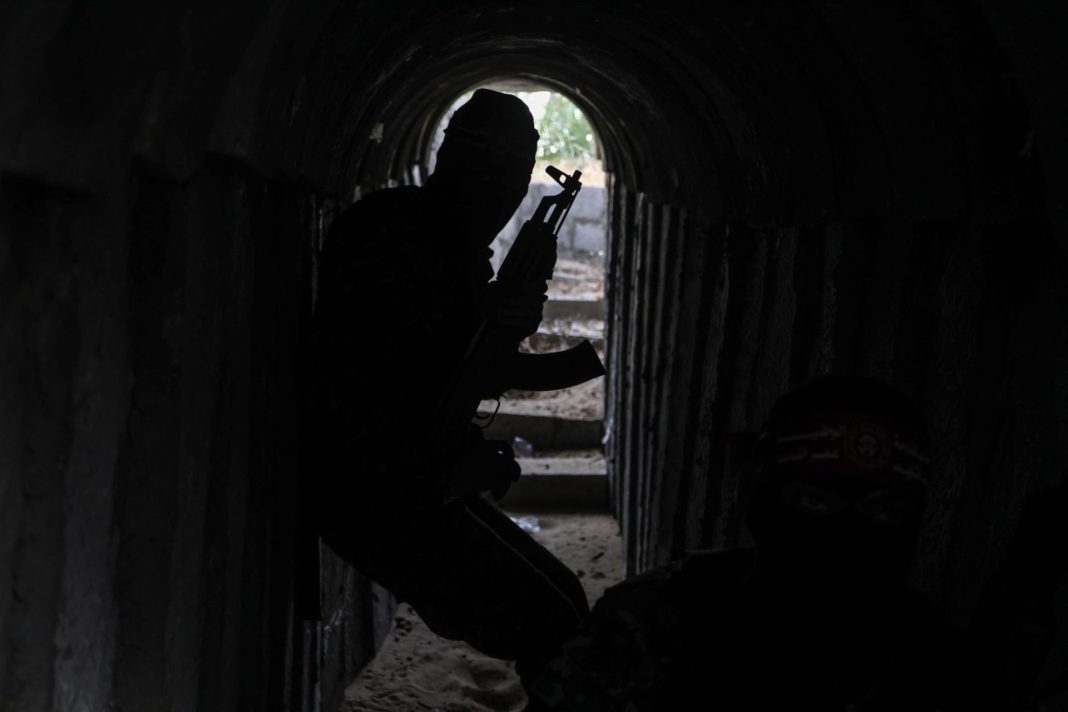“We are seeing a lot of underground infrastructure in Gaza, we knew there would be a lot. Part of the goal is to destroy this infrastructure,” Halevi said Tuesday in response to a question regarding a report in The Wall Street Journal.
“We have various ways [to deal with the tunnels], I won’t talk about specifics, but they include explosives to destroy, and other means to prevent Hamas operatives from using the tunnels to harm our soldiers,” he stated.
“Therefore, any means which give us an advantage over the enemy that [uses the tunnels], deprives it of this asset, is a means that we are evaluating using. This is a good idea, but I won’t comment on its specifics,” Halevi added.
Israel is considering using seawater to flood the extensive network of tunnels under Gaza, used by Hamas fighters to smuggle goods in and out of the Palestinian enclave, the Wall Street Journal reported on Monday, citing sources.
According to US officials interviewed by the paper, the Israeli military assembled an extensive flooding system not far from Al-Shati refugee camp in northwest Gaza in mid-November. The unit reportedly consists of five pumps capable of drawing thousands of cubic meters of water per hour from the Mediterranean Sea, potentially allowing Israel to flood the underground maze within a few weeks.
The Israeli government informed the US, its key ally, of the initiative last month, sparking debate about whether the plan was feasible, as well as its pros and cons, WSJ sources stated. They noted that no final decision on its execution has yet been made and that it is unclear how ready Israel is to implement it.
The plan, the daily added, could drive Hamas fighters out of the sprawling system of tunnels, which span hundreds of kilometers, with some passages reaching into Egypt.
The network also provides Hamas and other local groups with formidable cover from missile strikes and allows them to evade Israel’s blockade. Some tunnels are tall enough for an average man to stand up in, are built from reinforced concrete, and boast a network of communication lines.
However, some US officials are said to have serious doubts about the plan.
“We are not sure how successful pumping will be, since nobody knows the details of the tunnels and the ground around them,” one source stated.
The current hostilities between Israel and Hamas were sparked in early October and have resulted in thousands of dead on both sides, while Hamas took more than two hundred hostages, many of whom have since been released.
